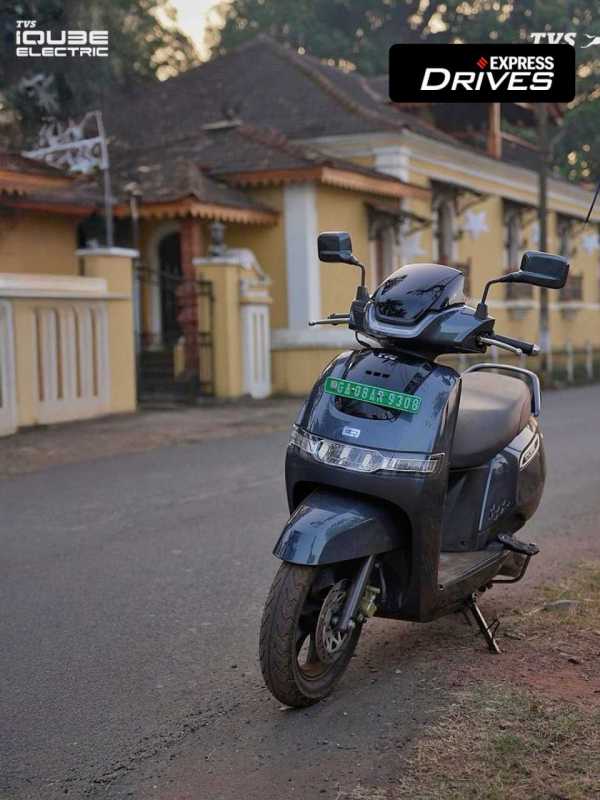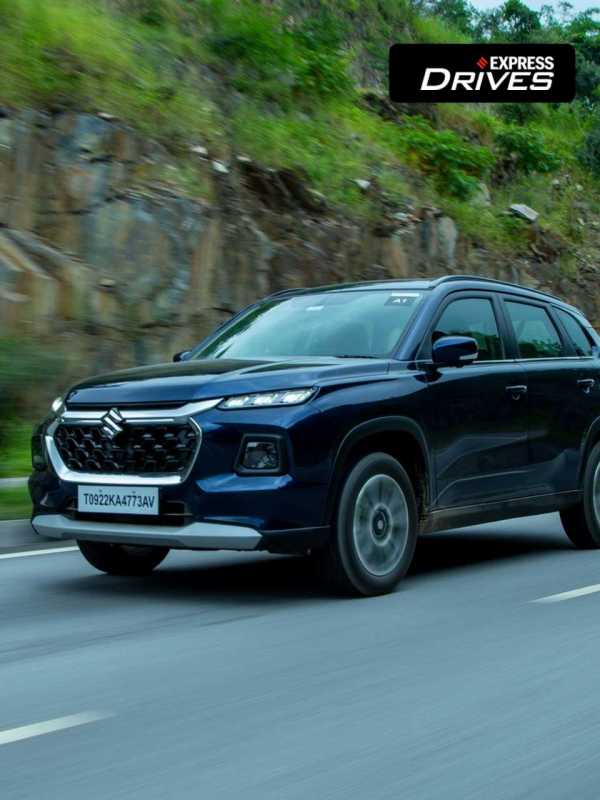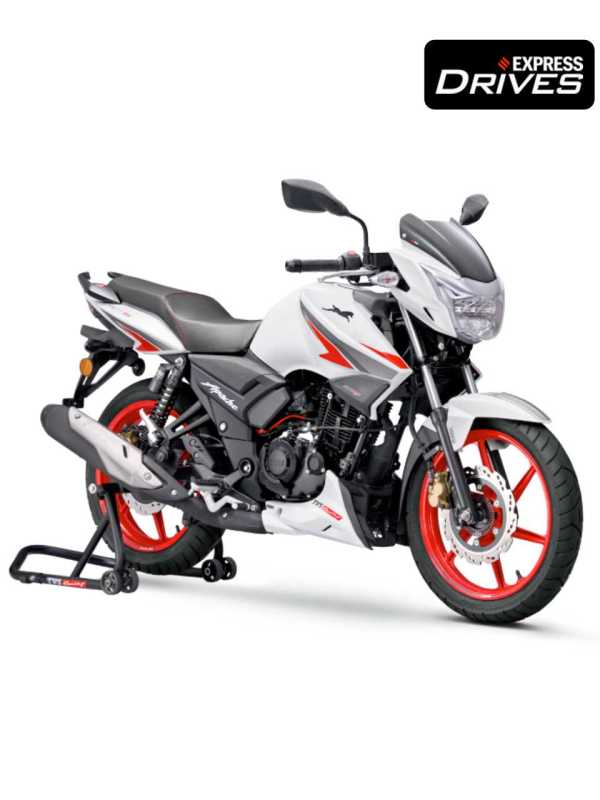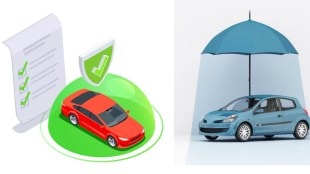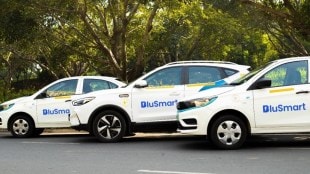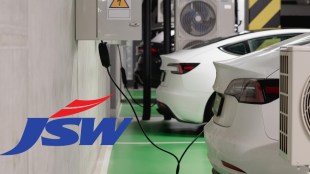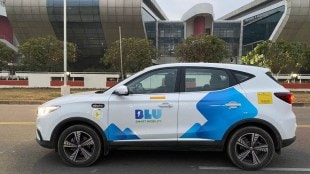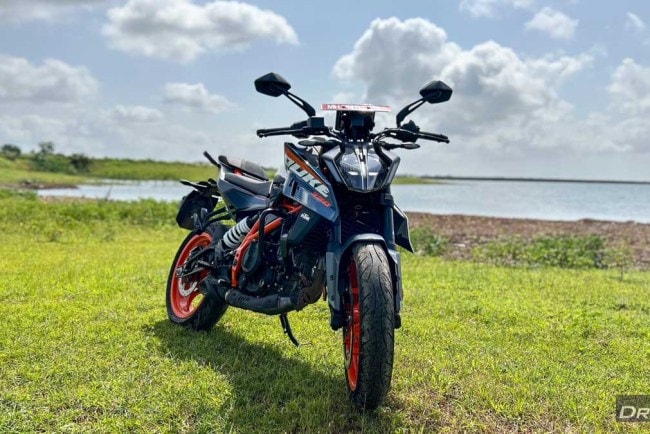Priced starting Rs 8.49 lakh (ex-showroom), the Tata Tiago EV is the most affordable electric car in India. But does being the most affordable make it the best buy? We test drove it on the narrow roads of Goa.
What is the Tiago EV?
It’s a Tiago turned electric, i.e. the petrol Tiago’s engine has been replaced with an electric motor and a battery pack, and the associated mechanical changes.
Also Read: Covid surge in China has Indian EV makers nervous
There are minimal changes outside—EV written on the body, new grille, no tailpipe, and a charging port.
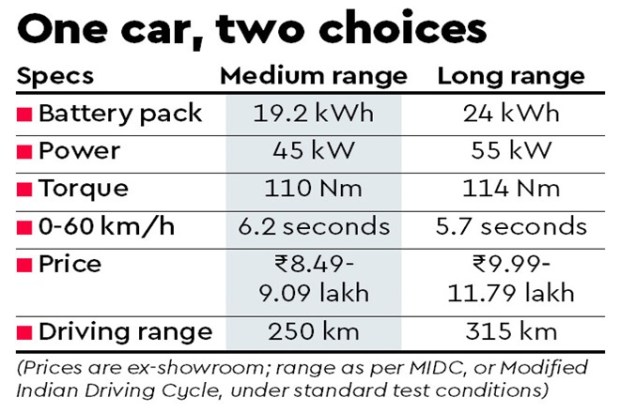
The cabin is almost similar to its petrol counterpart.
How big is the battery pack?
There are two options:
Medium range: It’s got a 19.2 kWh battery pack, with a claimed driving range of 250 km (Rs 8.49 lakh to Rs 9.09 lakh).
Long range: It has a 24 kWh battery, with a driving range of 315 km (Rs 9.99 lakh to Rs 11.79 lakh).
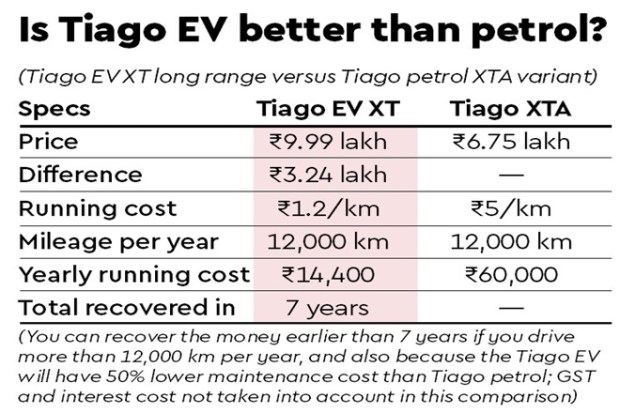
For comparison, the Tigor EV has a battery of 26 kWh, the Nexon EV has 30.2 kWh and the Nexon EV Max has 40.5 kWh.
Is this range enough?
The 250 km and 315 km range are ‘under standard test conditions’. In my test car (long range), the fully charged battery at 100% was showing a range of 260 km.
Also Read: We’ll soon be selling EVs from 250 cities: Vivek Srivatsa, head, Marketing, Sales & Service Strategy, Tata Passenger Electric Mobility Ltd
Let’s take this 260 km as the upper benchmark, and apply the following calculation:
Very few personal car users drive more than 40 km per day, within city limits. There’s mathematics to support the case. Suppose you live in Gurgaon and work in Delhi, the return journey won’t be more than 40 km. On paper, this takes care of five days of office commute.
But people drive elsewhere also, and that’s where the charging support comes in—Tata Motors provides free home charging installation when you buy the car, and in most major cities the company is ramping up its public charging network.
How does it drive?
I found three main differences between Tiago EV and Tiago petrol:
One, the Tiago EV produces a whining sound.
Two, there are almost zero vibrations inside the cabin.
Three, it is quicker—in the Sport mode, it accelerates from 0-60 km/h in just 5.7 seconds.
Also, while the petrol is available in both manual gearbox and AMT, the EV doesn’t need the conventional gearbox—it has a rotational switch that mimics the settings of a fully automatic gearbox.
Is it a connected car?
Most EVs have to be connected, so that the car is able to locate a charging station on its own, among other things. The Tata technology that makes it so is called the ZConnect, which monitors battery charge levels, available range, charging history, nearest charging stations, etc.
Is the EV better than petrol?
Both have their advantages—in the petrol, for example, there won’t be range anxiety and you can top-up the tank in minutes. Petrol is also more affordable.
But the running cost of the Tiago EV is less than Rs 1.5 per km (for the petrol it is Rs 5-6 per km), and the EV will have lower maintenance cost (50% lower owing to lesser moving parts, minimal lubrication and the eight-year battery warranty).
Overall, the Tiago EV is another model that strengthens the case for electric cars in India.







